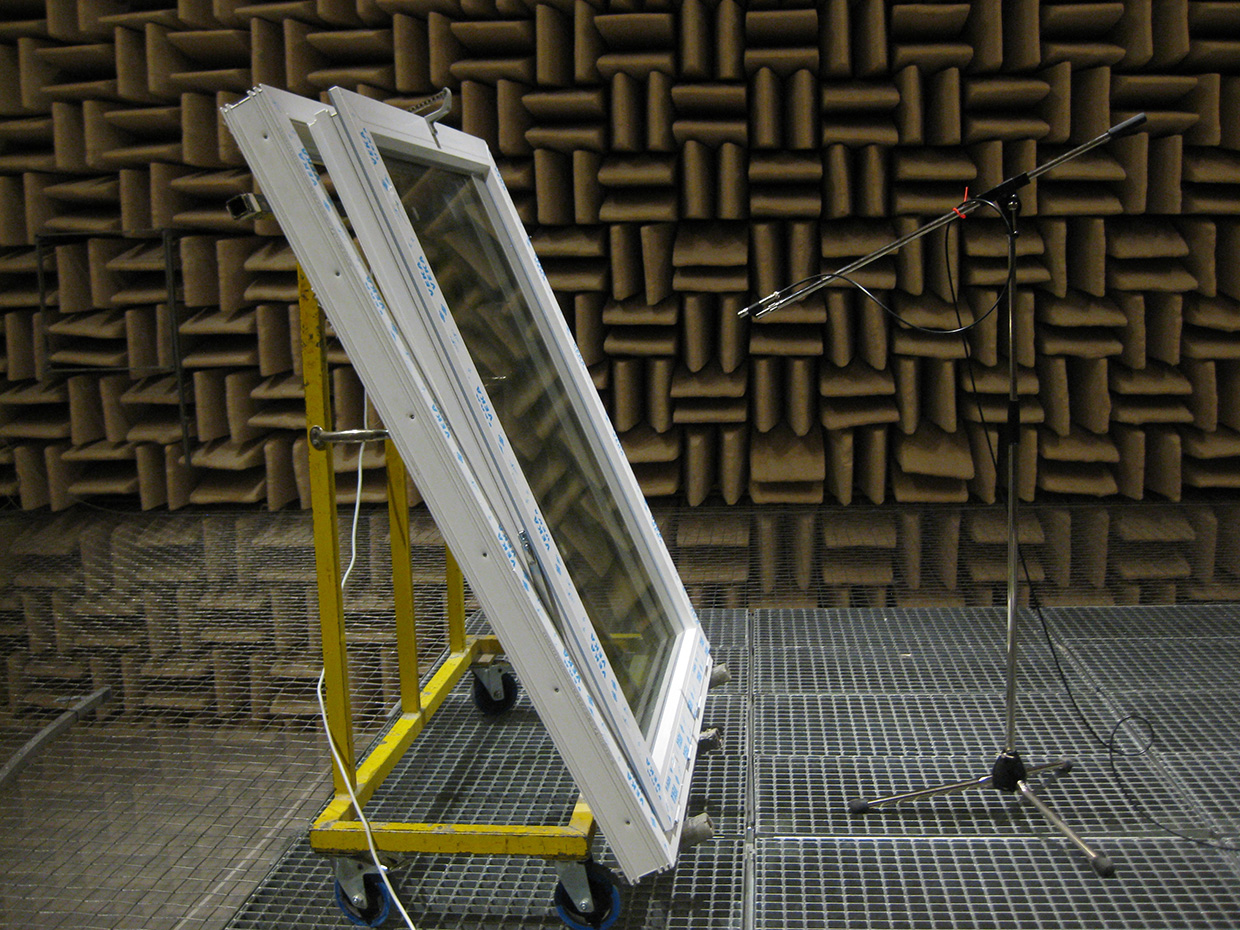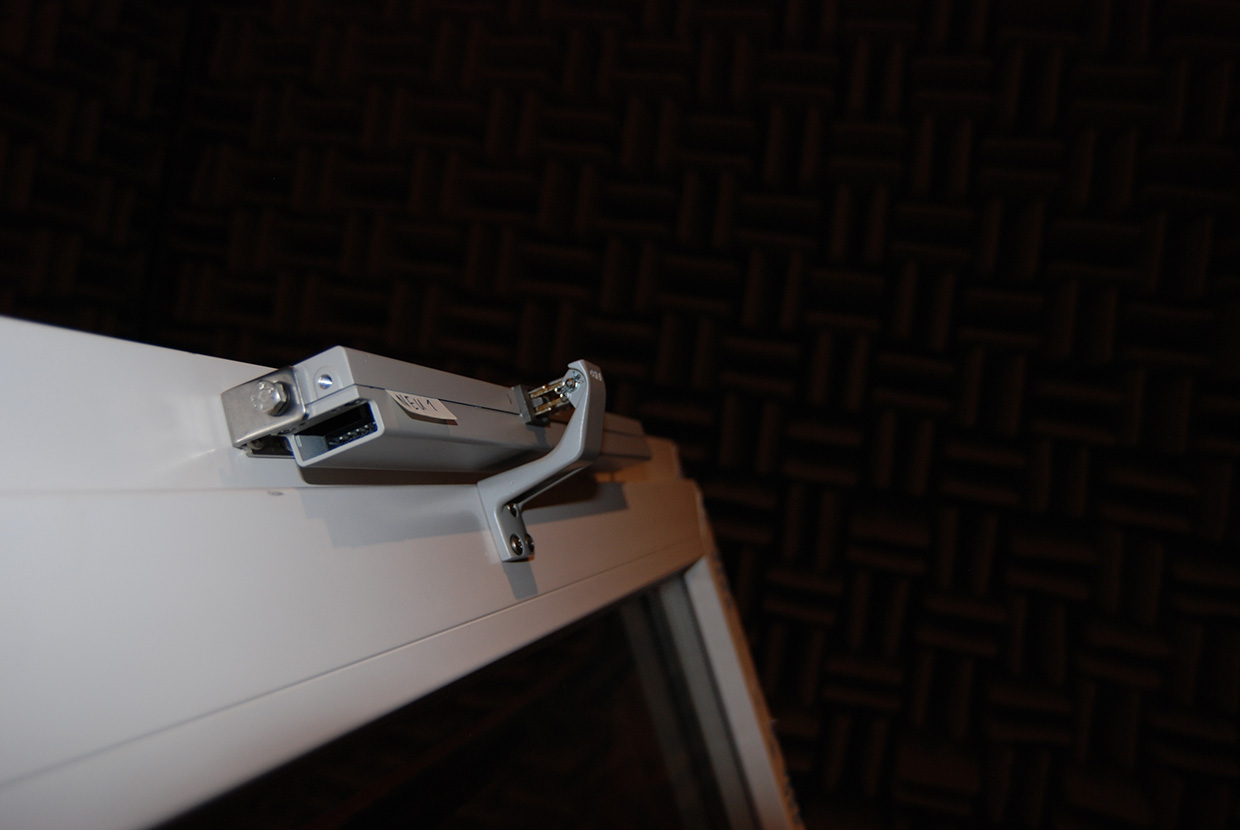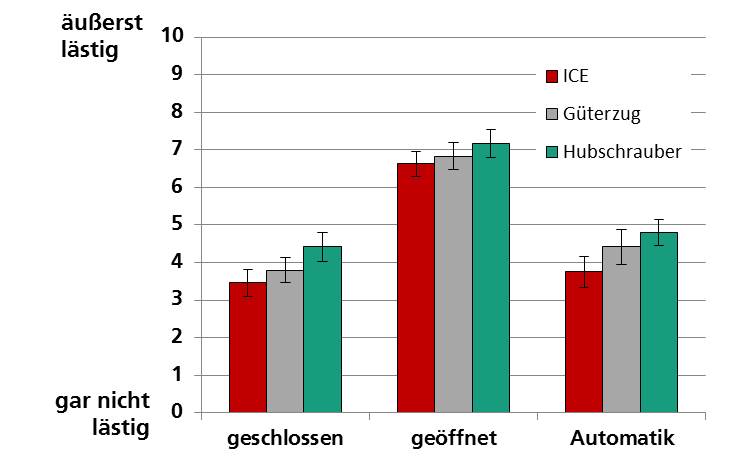


Whether at home, at work in the office or in the hotel – we always face the same problem: We open the window for room ventilation, but the outdoor noise is too loud and so we close the window again after a short time. A new technical development of the IBP Acoustics Department designed in co-operation with companies provides a remedy to this problem.
The new development is based on automatically controlled windows that open if ventilation is detected by sensors. An entirely new function is the automatic closing of the windows as soon as a certain exterior noise level is reached. The basic principle for the technical implementation is quite simple: the external noise is measured with a microphone or other sound sensor.
The Fraunhofer IBP focuses primarily on the development of sensors, control systems, and quiet drive systems. Numerous criteria and boundary conditions must be taken into account for the control, such as the
- consideration of short-term noise peaks or continuous noise
- consideration of the indoor sound level,
- signal detection for an anticipatory control behavior,
- inclusion of schedule information (railway, airports).
The impact of the automatic control was evaluated not only technically, but also by tests carried out with test persons who were exposed to different sound events (ICE, freight train, helicopter) in a room with closed, open and automatically controlled windows. The test persons assessed these noise scenarios using criteria such as annoyance and loudness.
The results of the test show that the perception of noise in a room with automatic acoustic window control is similar to that with closed windows. Compared to this, the noise with open windows was perceived to be significantly louder and more annoying. In addition, the test persons were devided into a “relaxed” and a “cognitively challenged” group. In a quiet, relaxed situation, the outside noise is perceived as much more annoying and louder than in a cognitively demanding situation. All these findings are included in the acoustic control methodology in order to finally offer a solution that is suitable for as many applications as possible. Further steps on the way to practical use focus on providing an optimal combination of natural ventilation and quietness for people in noise-exposed areas.